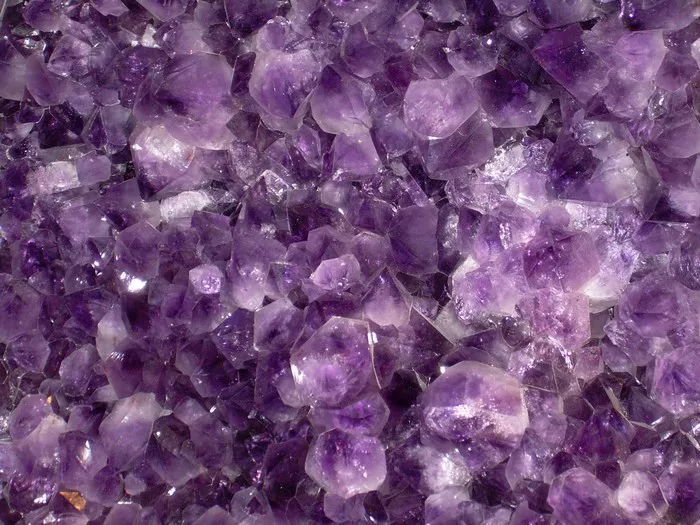Amethyst, with its captivating violet hues, has long been admired for its beauty and purported healing properties. However, when it comes to placing raw amethyst in water, questions arise regarding its safety and potential risks. In this article, we delve into the physical properties of amethyst, explore whether raw specimens can safely interact with water, and discuss the potential risks involved.
Understanding Amethyst
Amethyst is a variety of quartz, a mineral composed of silicon and oxygen atoms arranged in a continuous framework of SiO4 silicon–oxygen tetrahedra. What distinguishes amethyst from other quartz varieties is its striking purple color, ranging from pale lilac to deep violet, which is attributed to the presence of iron impurities and irradiation processes within the Earth’s crust.
Throughout history, amethyst has been revered for its purported metaphysical properties, believed to promote clarity of mind, spiritual growth, and emotional balance. It is often used in crystal healing practices, meditation, and as a decorative gemstone.
Physical Properties of Amethyst
Amethyst typically forms in geodes or cavities within igneous rocks, where it develops its characteristic crystal structure. Its Mohs hardness scale rating of 7 makes it relatively durable and resistant to scratching, suitable for use in jewelry and decorative items.
The color of amethyst can fade over time when exposed to prolonged sunlight or heat, a phenomenon known as “bleaching.” However, its chemical stability means that it is generally unaffected by exposure to water or common household chemicals under normal conditions.
Can Raw Amethyst Go in Water?
One of the frequently asked questions among enthusiasts and practitioners is whether raw amethyst specimens can be safely submerged in water for cleansing or charging purposes. While there is no definitive answer, opinions vary within the crystal healing community.
Proponents of placing raw amethyst in water argue that it can enhance the water’s energetic properties, infusing it with the gemstone’s purported healing vibrations. They believe that the water becomes imbued with the essence of amethyst, creating a potent elixir for promoting relaxation and spiritual growth.
However, skeptics raise concerns about potential risks associated with submerging raw amethyst in water. They point to the possibility of minerals leaching from the stone into the water, which could lead to contamination or adverse reactions when ingested or applied topically.
Potential Risks
While amethyst itself is generally considered non-toxic and chemically inert, there are potential risks to consider when exposing raw specimens to water:
Mineral Leaching: Raw amethyst may contain trace amounts of minerals or impurities that could dissolve in water over time, altering its chemical composition. These minerals may include iron oxides, aluminum compounds, or other elements present in the surrounding geological environment.
Water Contamination: If minerals leach from the amethyst into the water, it could lead to contamination, affecting its taste, odor, or clarity. While the concentration of dissolved minerals may be minimal, individuals with sensitivities or allergies could experience adverse reactions when consuming or using the water.
Physical Damage: Prolonged exposure to water may affect the integrity of raw amethyst specimens, particularly if they contain fractures or fissures. Water ingress could exacerbate existing cracks, leading to structural weakness or fragmentation over time.
Microbial Growth: Moist environments provide favorable conditions for microbial growth, including bacteria, algae, and fungi. Submerging raw amethyst in water without proper hygiene measures could result in the proliferation of microorganisms, potentially compromising the purity of the water and posing health risks.
Conclusion
While the practice of placing raw amethyst in water for spiritual or therapeutic purposes is widespread, it is essential to weigh the potential risks against the perceived benefits. While amethyst itself is generally considered safe and chemically inert, there are concerns about mineral leaching, water contamination, physical damage, and microbial growth associated with prolonged water exposure.
Ultimately, individuals should exercise caution and consider alternative methods for harnessing the purported healing properties of amethyst, such as using tumbled stones or indirect methods of infusion. Consulting with knowledgeable practitioners or conducting thorough research can help individuals make informed decisions about incorporating amethyst into their wellness practices while minimizing potential risks.


